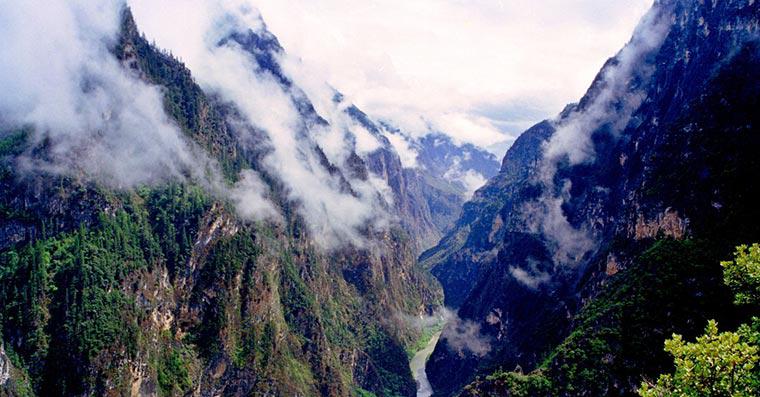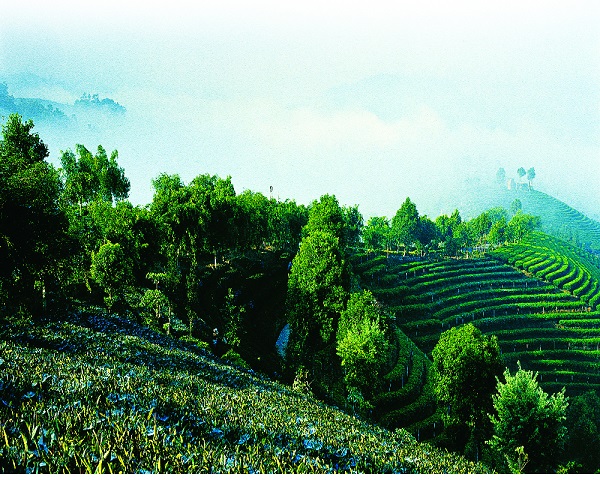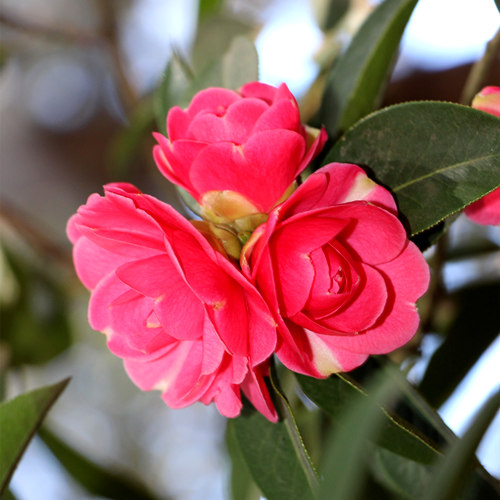
Detailed Introduction to Deqin County of Diqing Prefecture
Deqin County (德钦县) is a county under the administration of Diqing Tibetan Autonomous Prefecture (迪庆藏族自治州) in northwestern Yunnan Province, China. Perched at the northernmost edge of Yunnan, Deqin marks the transition between Yunnan and the Tibetan Plateau, serving as an essential link between Yunnan, Sichuan, and Tibet. Renowned for its spectacular snow mountains, deep valleys, and sacred pilgrimage culture, Deqin is often called “the Roof of Yunnan”.
Geographical Overview
Deqin is located in the northwestern corner of Yunnan Province, bordering Tibet’s Chamdo Prefecture to the northwest and Sichuan’s Batang County to the northeast. It covers an area of approximately 7,600 square kilometers and features some of the most rugged and majestic terrain in China.
The county lies in the Hengduan Mountains, where three great Asian rivers — the Jinsha (upper Yangtze), Lancang (upper Mekong), and Nujiang (upper Salween) — flow in parallel through deep gorges. Elevations range from 1,900 meters in the valleys to over 6,700 meters at the snow peaks, with an average elevation of around 3,300 meters.
Deqin’s climate is alpine monsoon, characterized by long, cold winters and cool summers. Annual average temperatures are around 5°C–12°C, with abundant sunlight and distinct wet and dry seasons.
History and Administration
Deqin has a long history as a trade and cultural center along the Ancient Tea Horse Road, connecting Yunnan and Tibet. It was historically part of Tibetan-controlled regions and later incorporated into Yunnan during the Ming and Qing dynasties.
In 1957, the Diqing Tibetan Autonomous Prefecture was established, with Deqin as one of its three main counties. Today, the county consists of 4 towns and 5 townships, with the county seat located in Yunling Town (云岭镇).
Ethnic Composition and Culture
Deqin is a predominantly Tibetan region, with Tibetans making up over 80% of the population. Other ethnic groups include Han, Naxi, Lisu, and Yi peoples. The Tibetan culture here is deeply spiritual, influenced by Tibetan Buddhism and long-standing traditions of nature worship.
Religion: Most residents are followers of Tibetan Buddhism, and monasteries such as Dongzhulin Monastery (东竹林寺) and Feilai Temple (飞来寺) play vital roles in local religious life.
Festivals: The Gedong Festival, Butter Lamp Festival, and Horse Racing Festival are celebrated with dances, chants, and masked performances.
Lifestyle: Traditional Tibetan houses built of stone and wood, prayer flags fluttering across mountain passes, and mani walls inscribed with sacred scriptures create an atmosphere of serenity and devotion.
Economy
Deqin’s economy is shaped by its mountain geography and ecological resources. The main industries include:
Tourism: A pillar of the local economy, driven by sacred mountain tourism and eco-travel.
Agriculture and Animal Husbandry: Highland barley, potatoes, and yak products are common.
Forestry and Herbs: Deqin is rich in natural forests and traditional medicinal plants, including cordyceps and rhubarb.
Renewable Energy: With abundant water and elevation, hydropower and clean energy projects are developing rapidly.
Efforts are being made to promote sustainable tourism and green economy, ensuring the preservation of natural and cultural heritage.
Tourism and Attractions
Deqin is one of China’s most breathtaking destinations, combining majestic landscapes with spiritual significance. It is the core area of the Three Parallel Rivers of Yunnan Protected Areas, a UNESCO World Natural Heritage Site.
Key attractions include:
🏔️ Meili Snow Mountain (梅里雪山):
The most famous and sacred site in Deqin, revered by Tibetan Buddhists as one of the Eight Sacred Mountains. The highest peak, Kawagebo (卡瓦格博峰, 6,740 m), is Yunnan’s tallest mountain and remains unclimbed. The mountain attracts pilgrims who circumambulate it on foot, as well as visitors who come to witness the breathtaking sunrise over Kawagebo at Feilai Temple.
🌄 Feilai Temple (飞来寺):
The best vantage point for viewing Meili Snow Mountain. The monastery itself is also a spiritual site, where travelers often hang prayer flags and light butter lamps.
🌊 Mingyong Glacier (明永冰川):
One of the world’s lowest-elevation glaciers, descending from Kawagebo’s slopes to around 2,700 meters. It’s accessible via a trekking route from Yubeng Village.
🏞️ Yubeng Village (雨崩村):
A remote Tibetan village hidden behind snow peaks, accessible only by hiking or horseback. Known as the “hidden paradise under the sacred mountain,” it offers pure air, waterf



